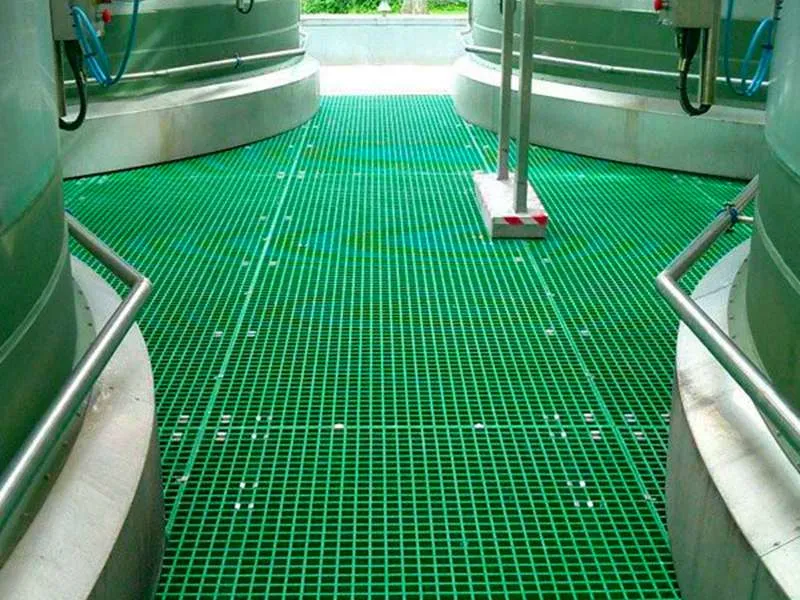
-
 Afrikaans
Afrikaans -
 Albanian
Albanian -
 Amharic
Amharic -
 Arabic
Arabic -
 Armenian
Armenian -
 Azerbaijani
Azerbaijani -
 Basque
Basque -
 Belarusian
Belarusian -
 Bengali
Bengali -
 Bosnian
Bosnian -
 Bulgarian
Bulgarian -
 Catalan
Catalan -
 Cebuano
Cebuano -
 China
China -
 China (Taiwan)
China (Taiwan) -
 Corsican
Corsican -
 Croatian
Croatian -
 Czech
Czech -
 Danish
Danish -
 Dutch
Dutch -
 English
English -
 Esperanto
Esperanto -
 Estonian
Estonian -
 Finnish
Finnish -
 French
French -
 Frisian
Frisian -
 Galician
Galician -
 Georgian
Georgian -
 German
German -
 Greek
Greek -
 Gujarati
Gujarati -
 Haitian Creole
Haitian Creole -
 hausa
hausa -
 hawaiian
hawaiian -
 Hebrew
Hebrew -
 Hindi
Hindi -
 Miao
Miao -
 Hungarian
Hungarian -
 Icelandic
Icelandic -
 igbo
igbo -
 Indonesian
Indonesian -
 irish
irish -
 Italian
Italian -
 Japanese
Japanese -
 Javanese
Javanese -
 Kannada
Kannada -
 kazakh
kazakh -
 Khmer
Khmer -
 Rwandese
Rwandese -
 Korean
Korean -
 Kurdish
Kurdish -
 Kyrgyz
Kyrgyz -
 Lao
Lao -
 Latin
Latin -
 Latvian
Latvian -
 Lithuanian
Lithuanian -
 Luxembourgish
Luxembourgish -
 Macedonian
Macedonian -
 Malgashi
Malgashi -
 Malay
Malay -
 Malayalam
Malayalam -
 Maltese
Maltese -
 Maori
Maori -
 Marathi
Marathi -
 Mongolian
Mongolian -
 Myanmar
Myanmar -
 Nepali
Nepali -
 Norwegian
Norwegian -
 Norwegian
Norwegian -
 Occitan
Occitan -
 Pashto
Pashto -
 Persian
Persian -
 Polish
Polish -
 Portuguese
Portuguese -
 Punjabi
Punjabi -
 Romanian
Romanian -
 Russian
Russian -
 Samoan
Samoan -
 Scottish Gaelic
Scottish Gaelic -
 Serbian
Serbian -
 Sesotho
Sesotho -
 Shona
Shona -
 Sindhi
Sindhi -
 Sinhala
Sinhala -
 Slovak
Slovak -
 Slovenian
Slovenian -
 Somali
Somali -
 Spanish
Spanish -
 Sundanese
Sundanese -
 Swahili
Swahili -
 Swedish
Swedish -
 Tagalog
Tagalog -
 Tajik
Tajik -
 Tamil
Tamil -
 Tatar
Tatar -
 Telugu
Telugu -
 Thai
Thai -
 Turkish
Turkish -
 Turkmen
Turkmen -
 Ukrainian
Ukrainian -
 Urdu
Urdu -
 Uighur
Uighur -
 Uzbek
Uzbek -
 Vietnamese
Vietnamese -
 Welsh
Welsh -
 Bantu
Bantu -
 Yiddish
Yiddish -
 Yoruba
Yoruba -
 Zulu
Zulu
Overcoming Difficulties in Drilling Through Limestone Formations in the Oil Industry
Drilling Through Limestone Challenges and Solutions
Drilling through limestone presents unique challenges that can complicate various geological, construction, and resource extraction projects. Limestone, a sedimentary rock primarily composed of calcite (calcium carbonate), is widely used in construction and is an essential resource for various industrial uses. However, its physical properties and varying geological formations can impact drilling efficiency and cost.
One of the main challenges in drilling through limestone is its hardness and composition. While limestone is often easier to drill than harder rocks like granite, it can still pose difficulties due to the presence of impurities, fossilized remains, and other minerals embedded within it. These inconsistencies can cause unpredictable drilling conditions, leading to increased wear on drill bits and equipment. Operators may find that they need to frequently change bits, leading to higher operational costs and longer project timelines.
Drilling Through Limestone Challenges and Solutions
Another significant challenge is the potential for karst topography in limestone regions. Karst is characterized by features such as sinkholes, caves, and underground drainage systems formed by the dissolution of soluble rocks. When drilling in areas with karst features, operations can face additional hazards, including sudden collapses and unpredictable water ingress. Drillers must be adequately trained to recognize these conditions and implement strategies to mitigate risks, including using stabilization techniques or conducting more thorough pre-drilling assessments.
drilling through limestone is challenging.

Moreover, the presence of fractures in limestone can complicate drilling efforts. While fractures may initially provide easier pathways for drill bits, they can also lead to loss of drilling fluid and increased risk of blowouts. These fractures can be challenging to detect and may vary significantly within relatively short distances, complicating the drilling process. To address this challenge, advanced techniques such as geophysical logging or real-time monitoring can be employed to provide ongoing assessments of the drilling environment.
In terms of technology, selecting the right drilling equipment is pivotal in overcoming challenges associated with limestone drilling. For example, using rotary drills with specialized bits designed for limestone can improve efficiency and reduce wear on the equipment. Innovations in drilling technology, such as the use of diamond-impregnated bits or polycrystalline diamond compact (PDC) bits, can enhance the ability to penetrate limestone effectively.
Furthermore, the drilling process itself must be carefully planned and executed. Employing appropriate drilling techniques, such as controlled rate of penetration (ROP), can minimize the risk of damaging the borehole or excessive wear on equipment. Utilizing fluid management systems can also help maintain pressure and prevent fluid loss, reducing the likelihood of complications stemming from porosity and fractures.
In conclusion, while drilling through limestone poses several challenges, understanding these issues and employing appropriate strategies can lead to successful outcomes. By investing in appropriate technology, conducting thorough geological assessments, and utilizing skilled personnel, drilling teams can navigate the complexities associated with limestone. As the demand for limestone continues to grow, particularly in industries like construction and agriculture, overcoming these challenges is crucial for sustainable resource management and operational efficiency. Ultimately, advancing our understanding and techniques in limestone drilling will contribute to safer and more effective exploration and extraction methods, benefiting both the industry and the environment.









